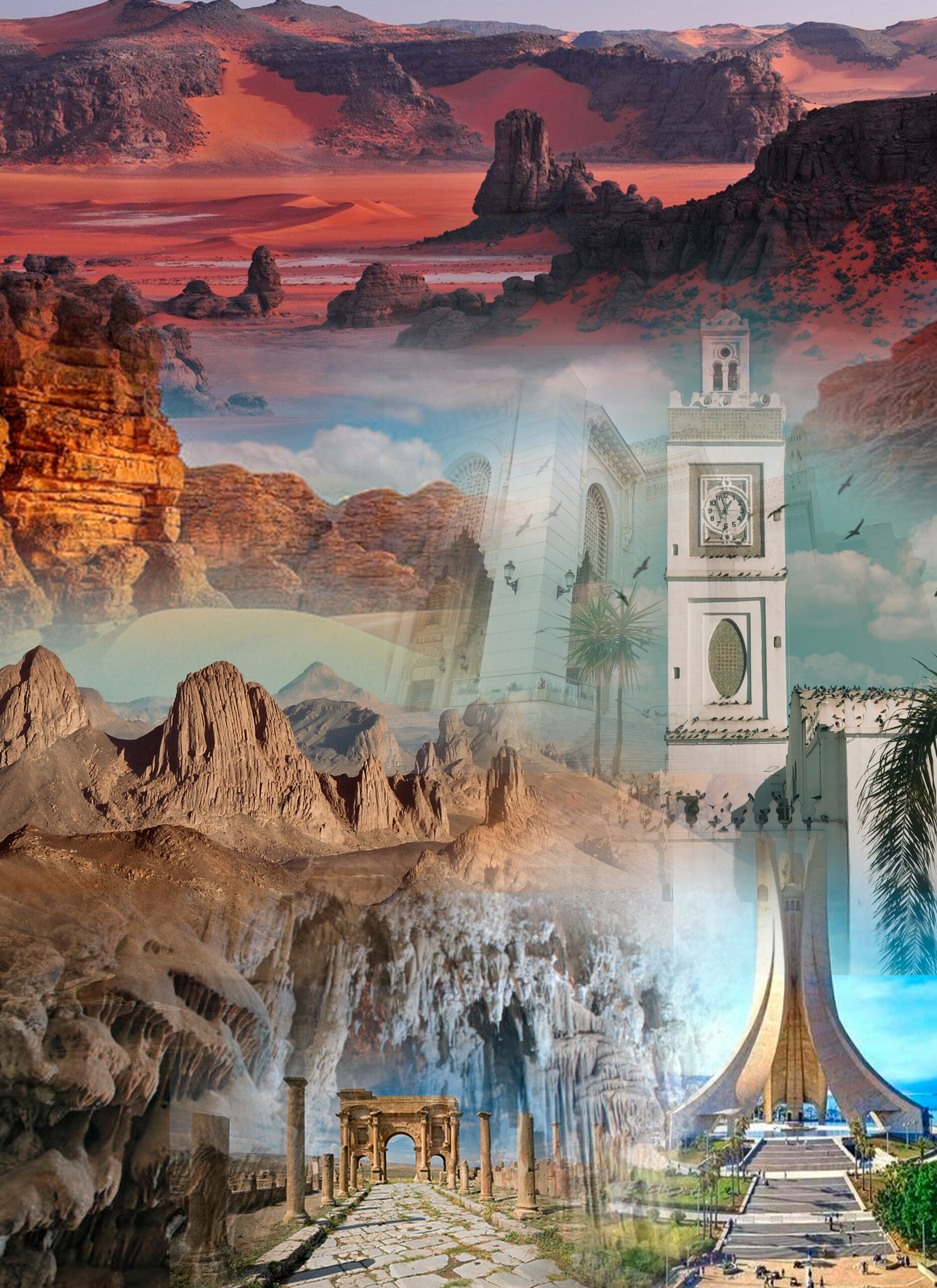Introduction:
Santa Ana, located in the western region of El Salvador, is a captivating department that boasts a rich historical significance, awe-inspiring architecture, natural splendors, vibrant art and culture, delightful gastronomy, and a diverse range of events and activities. Join us as we explore the enchanting charms of Santa Ana, the cultural capital of El Salvador.
Historical Significance:
Santa Ana is steeped in history, with evidence of pre-Columbian settlements found in the region. The department is home to the UNESCO World Heritage Site, Joya de Cerén. Known as the “Pompeii of the Americas,” this archaeological site offers a unique glimpse into the daily life of the Maya civilization, preserved remarkably well under layers of volcanic ash.
Architecture & Natural Splendors:
Santa Ana showcases a remarkable blend of architectural styles. The city is adorned with elegant colonial-era buildings, such as the stunning Gothic-style Santa Ana Cathedral, which stands as an iconic symbol of the department. Visitors can also explore the neoclassical Municipal Palace and the beautifully restored Teatro de Santa Ana, which hosts a variety of cultural performances.
Beyond its architectural treasures, Santa Ana is surrounded by natural splendors. The department boasts breathtaking landscapes, including the magnificent Lake Coatepeque. Nestled amidst volcanic mountains, this crater lake offers opportunities for swimming, boating, and enjoying picturesque sunsets.
Art & Cultural Delights:
Santa Ana is a hub of artistic expression and cultural delights. The city is home to numerous art galleries, museums, and cultural centers that showcase the works of local and international artists. The Museum of Anthropology Dr. David J. Guzmán presents exhibitions that highlight the region’s indigenous heritage and cultural diversity.
The department also hosts various cultural festivals and events throughout the year, including the Festival Internacional de Teatro de Santa Ana, which showcases theatrical performances from around the world. Visitors can immerse themselves in the vibrant art scene and experience the rich cultural tapestry that Santa Ana has to offer.
Spirits & Gastronomy:
Santa Ana is known for its spirits and gastronomy, offering a tantalizing journey for food and drink enthusiasts. The department is renowned for its traditional aguardiente, a strong alcoholic beverage made from sugar cane. Visitors can visit local distilleries and learn about the distillation process while savoring the distinct flavors of this beloved spirit.
The gastronomy of Santa Ana is equally enticing, with a fusion of indigenous and Spanish influences. From pupusas, the national dish of El Salvador, to tamales, yuca con chicharrón, and traditional sweets like marquesote, visitors can indulge in a culinary adventure that showcases the region’s flavors and culinary heritage.
Events & Activities:
Santa Ana offers a vibrant calendar of events and activities. The department hosts the Festival Internacional de la Cultura, a week-long celebration of arts, music, dance, and folklore that attracts artists and performers from around the country and the world. The Feria de Santa Ana, a traditional fair held in July, showcases the region’s agricultural products, handicrafts, and cultural traditions.
Outdoor enthusiasts can explore the nearby Cerro Verde National Park, where hiking trails lead to stunning viewpoints overlooking volcanoes and the surrounding landscape. Additionally, Santa Ana is a gateway to the famous Santa Ana Volcano, which offers adventurous hiking opportunities and the chance to witness the breathtaking emerald-green crater lake known as Ilamatepec Lagoon.
Looking Ahead:
Santa Ana is committed to preserving its rich cultural heritage and natural beauty. Efforts are underway to promote sustainable tourism, protect archaeological sites, and support local artisans and cultural initiatives. The department recognizes the importance of preserving its unique identity while embracing progress and development, ensuring that future generations can continue to enjoy the charms of Santa Ana.
Conclusion:
Santa Ana, the cultural capital of El Salvador, delights visitors with its historical significance, architectural marvels, natural splendors, artistic expressions, gastronomic delights, and a vibrant calendar of events and activities. This department invites travelers to immerse themselves in its captivating history, explore its architectural treasures, indulge in its culinary delights, and experience the rich cultural tapestry that defines Santa Ana. As Santa Ana looks towards the future, it remains steadfast in its commitment to preserving its heritage and sharing its exceptional charms with the world.
©2024 | Authored by DocThomas.Art


